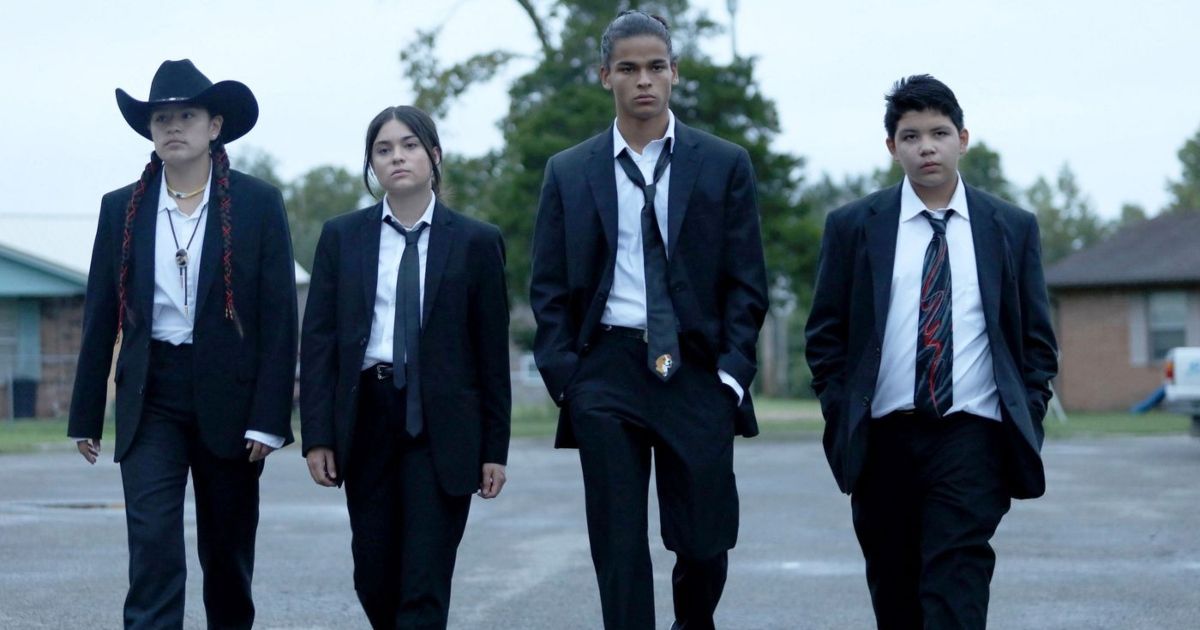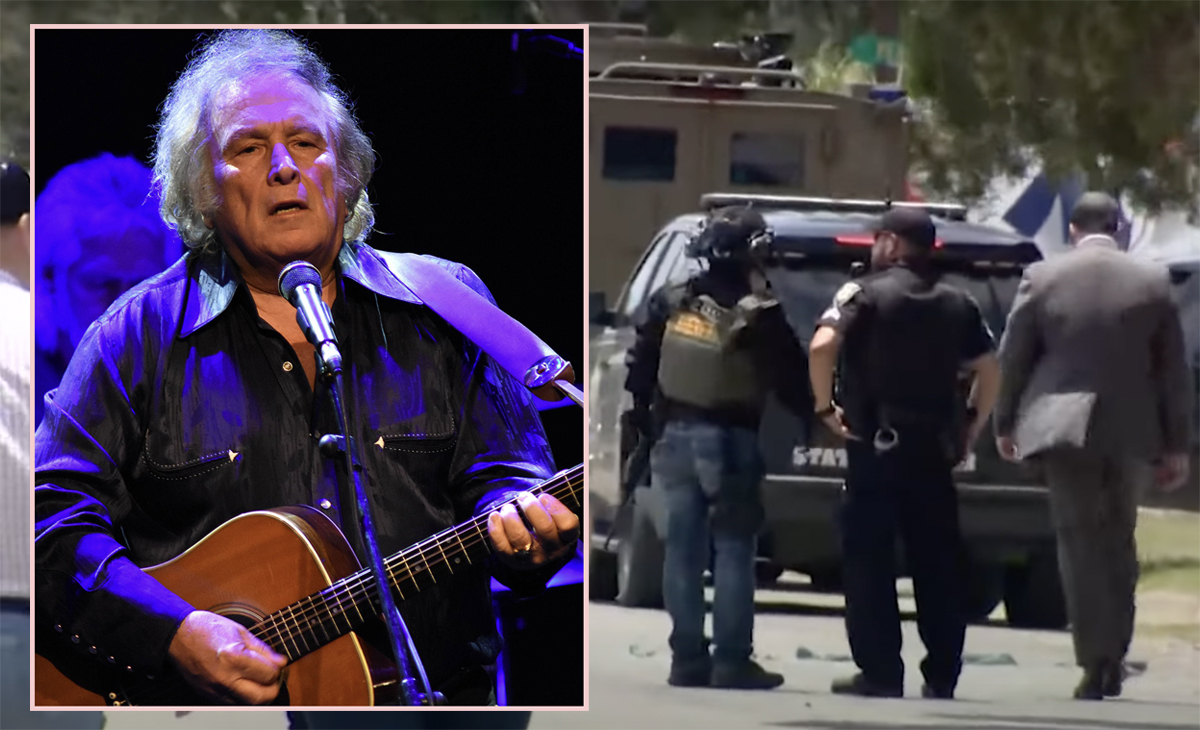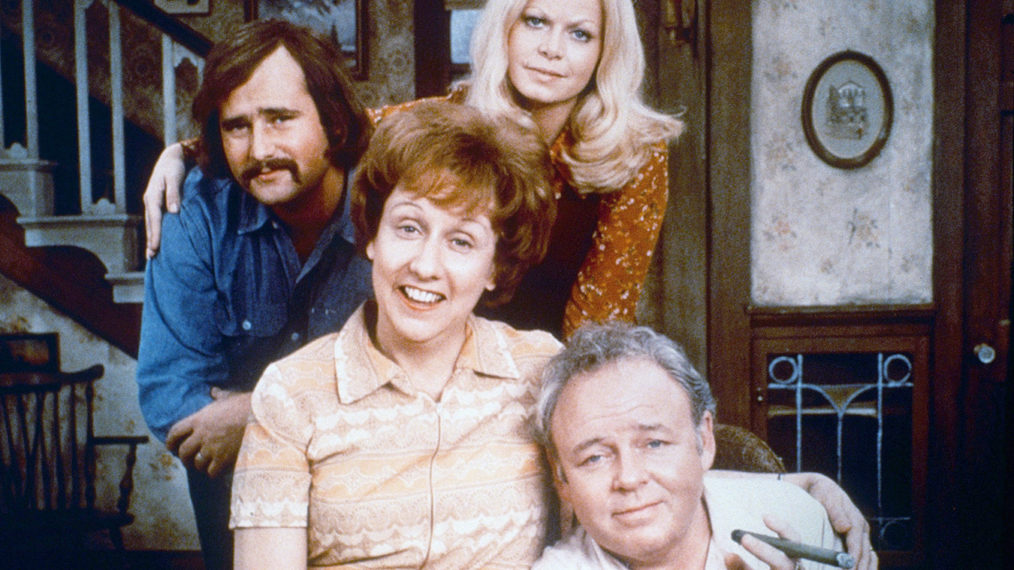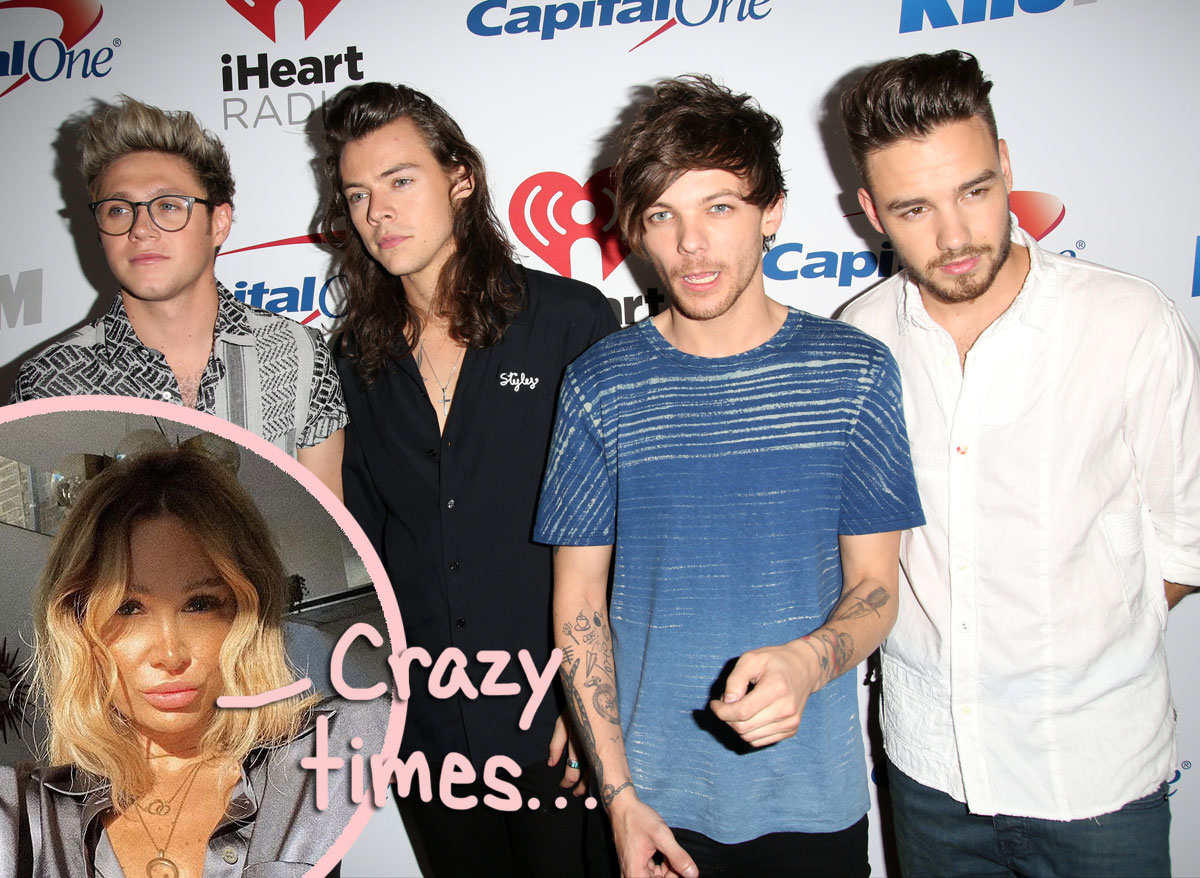#Why Netflix Should Tell Chief Bromden’s Story
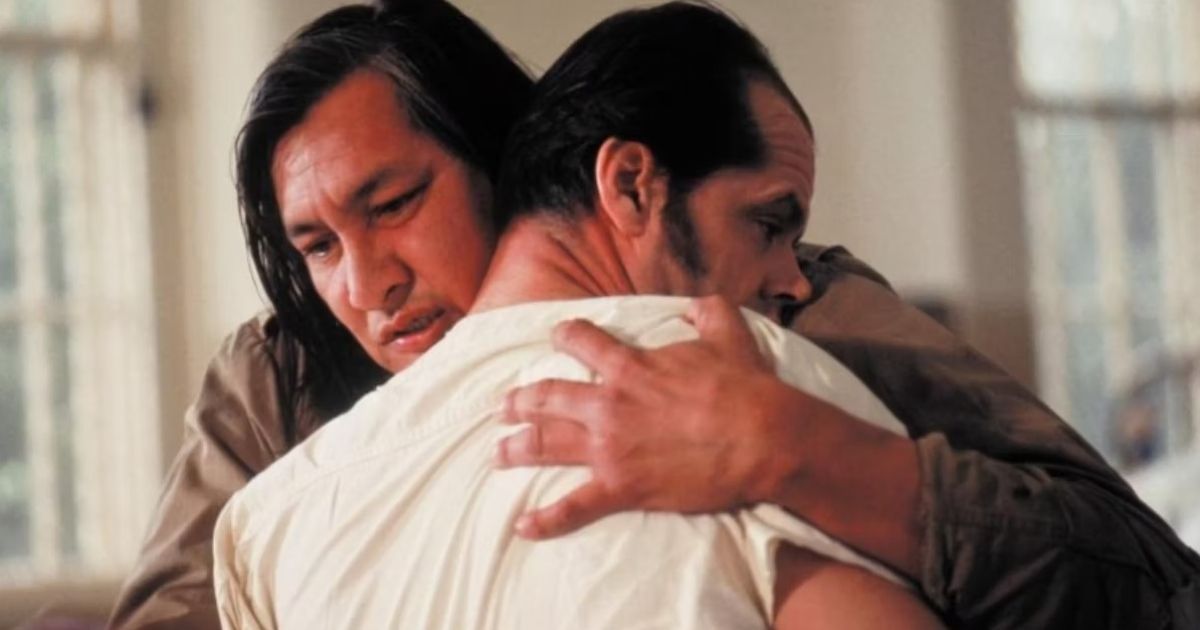
Table of Contents
“Why Netflix Should Tell Chief Bromden’s Story”
While Ratched was met with mixed reviews upon its release in 2020, the series lead, Sarah Paulson, who also collaborated with Ryan Murphy on American Horror Story, received praise from critics as the now-titular antihero, Nurse Ratched. This achievement was made all the more impressive, considering the shoes Paulson had to fill. Louise Fletcher’s unforgettably chilling portrayal of Nurse Ratched in the film won her an Oscar along with Jack Nicholson for his equally-unforgettable portrayal of the rabble-rousing protagonist, R.P. McMurphy.
In spite of the show’s lukewarm reviews, Ratched drew enough viewers from its fresh take on the material with a female antihero point of view for Netflix to greenlight a second season. Though the upcoming Season 2 of Ratched does not currently have a release date or any promotional material released as of yet, it does have ten episodes listed on IMDb.
Now, sixty years after the publication of Beat writer Ken Kesey’s 1962 novel of the same name, there is another key character from One Flew Over the Cuckoo’s Nest who is long past due for a revisionist take similar to the one that Murphy and Brennan gave to the character of Nurse Ratched — Chief Bromden.
Chief Bromden’s Story Would Come Straight From the Source Material
Ironically, a revisionist take on Cuckoo’s Nest favoring the schizophrenic, Indigenous, and seemingly-deaf-and-mute character would not be revisionist, seeing as the bulk of the screen adaptation work exploring Chief’s point of view has already been done by the character’s creator, Ken Kesey. Unlike most of the film where he stands around silently, in the novel, Chief is the narrator and a thrillingly unreliable one at that.
Though Lawrence Hauben and Bo Goldman’s Oscar-winning screenplay adaptation of Kesey’s novel is more faithful than the average book-to-film, one of the most significant cuts they made was removing Chief Bromden’s narration. For Hauben and Goldman’s purposes, this was a good call due to the limited window of screen time that constrains all movies made for the big screen. But along with Chief’s narration, Hauben and Goldman also cut flashbacks of Chief fishing with his father in the Columbia River Gorge, Chief’s fly-on-the-wall perception of McMurphy’s rebellion against Nurse Ratched’s soul-sucking psych ward, and, most cinematically, Chief’s schizophrenic hallucinations.
In the novel, Chief is repeatedly struck with schizophrenic hallucinations of the psychiatric ward descending into a nightmarish and vast slaughterhouse he calls “The Combine.” Read as Chief describes one such hallucination:
It is no wonder that screenwriters Hauben and Goldman cut Chief’s schizophrenic hallucinations from the novel as the special effects would have been a logistical nightmare of its own for Milos Forman, who was directing Cuckoo’s Nest in a pre-Star Wars Hollywood. Today, however, Chief’s hallucinations of “The Combine” could easily be brought to life on the small screen with the miracle of modern CGI à la the Upside Down, the nightmare realm in Netflix’s biggest hit series yet, Stranger Things.
The streaming service could easily sell a Cuckoo’s Nest limited series as a new show in the stylistic vein of Stranger Things, presenting it as everything 2020’s The New Mutants should have been, minus the superpowers. Not only this, Netflix could link Cuckoo’s Nest up with Ratched after the show’s run by having Sarah Paulson reprise her role as Nurse Ratched, something the actress quipped about during an interview with IndieWire in 2020.
A Cuckoo’s Nest limited series adaptation would be a win-win for fans of the novel who would appreciate a more faithful adaptation and for modern audiences who have come to expect diverse points of view in Hollywood storytelling like the female perspective explored in Ratched.
Indigenous Perspectives in Hollywood
In recent years Hollywood has taken more interest in producing stories with Indigenous perspectives like Taylor Sheridan’s 2017 film, Wind River and last year’s critically-acclaimed FX and Hulu series, Reservation Dogs which Taika Waititi co-created with Sterlin Harjo; the latter of which features a largely Indigenous cast and crew. But the film industry clearly has a long way to go in exploring Indigenous stories on television and film as Sheridan, a white man who wrote and directed Wind River, received a mix of praise and criticism from the likes of critic Jason Asenap in his 2017 High Country News article, “Why do white writers keep making films about Indian Country?”
Nevertheless, it is a sorry state of affairs when an acclaimed Indigenous writer like Sherman Alexie has only a couple of screenwriting credits outside the 1998 independent film Smoke Signals based on his cinematic short story, This is What it Means to Say Phoenix, Arizona (1993).
With Reservation Dogs, FX and Hulu have given American Indigenous people a seat at the table in film and television, both in front of the camera and behind, to universal acclaim. Netflix should give them a seat at their table. And what better way to do this than with an adaptation of One Flew Over the Cuckoo’s Nest that returns the story to its original, Indigenous narrator?
If you liked the article, do not forget to share it with your friends. Follow us on Google News too, click on the star and choose us from your favorites.
For forums sites go to Forum.BuradaBiliyorum.Com
If you want to read more Like this articles, you can visit our Social Media category.

